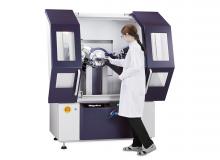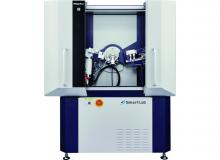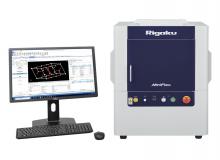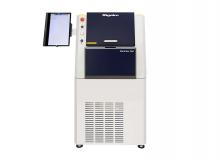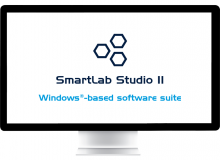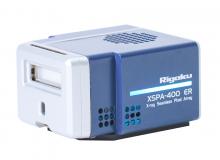Background
As next-generation ultrahigh-density magnetic recording media, granular thin films in which metal microparticles are dispersed have been a focus of attention. Among these films, the regular phase (tetragonal crystal) of FePt has a particularly high magnetic anisotropy as well as good corrosion and oxidation resistances, so it is expected that it will be applied to actual devices. However, the irregular phase (cubic crystal) is created at the same time, depending on the film forming conditions. For this reason, a technique to distinguish these crystalline phases at the nanoparticle and thin film level is required. Using the in-plane X-ray diffraction method, in which X-rays are irradiated on the surface of a thin film sample at a glazing angle to study the regular structure (crystal structure) in the in-plane direction, it is possible to identify the crystalline phase even for ultra-thin films of only a few nm in thickness. It is also possible to analyze the sample in the depth direction by changing the incident angle of X-rays entering the sample surface.
XRD products from Rigaku
Advanced state-of-the-art high-resolution XRD system powered by Guidance expert system software
New 6th-generation general purpose benchtop XRD system for phase i.d and phase quantification
Compact X-ray diffractometer for quality control of materials that is easy to use and is ideal for routine work
Laboratory micro-spot XRD residual stress analysis with both iso- and side-inclination methods
2D X-ray detector with latest semiconductor technology designed for home lab diffractometers


